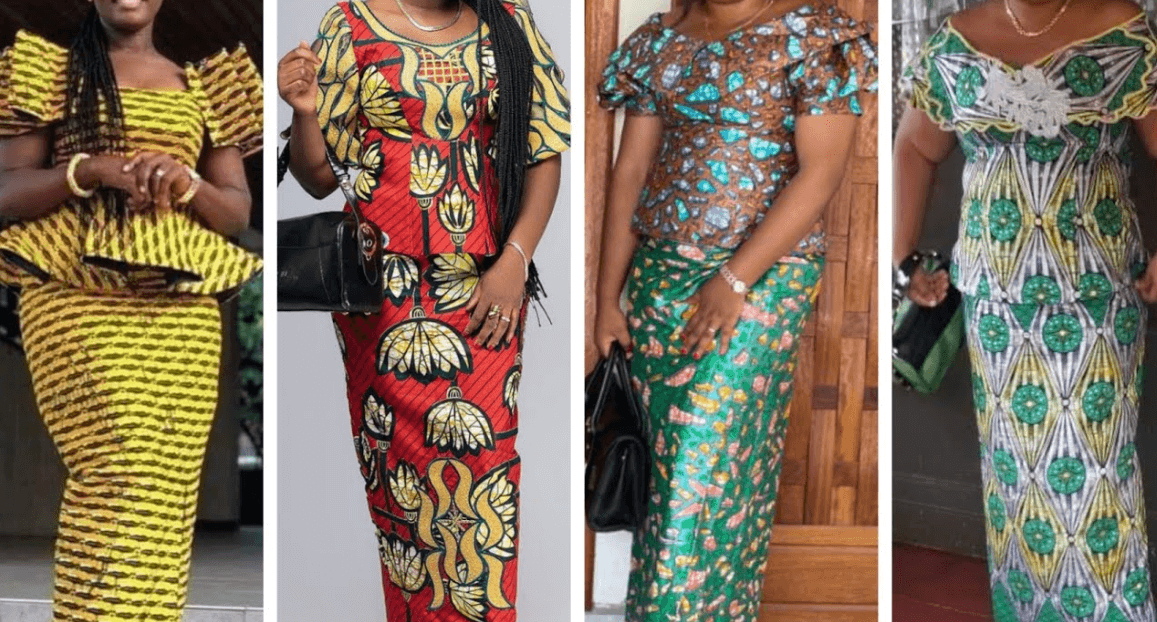Let's talk about Democratic Republic of the Congo National Dress. The Democratic Republic of the Congo (DRC) is a country rich in cultural diversity, and one aspect that showcases its vibrant heritage is its traditional dress. Liputa, the national dress of the DRC, represents the unique and diverse cultural identities of its people. In this article, we will explore the history, significance, and elements of Liputa, along with answering some common questions about this traditional attire.
Historical Significance of Democratic Republic of the Congo National Dress
Liputa holds deep historical significance in the DRC. The dress dates back centuries and has been influenced by various indigenous tribes and external cultural interactions. It symbolizes the rich heritage and traditional values of Congolese society.
Design and Elements
Liputa is a beautifully crafted garment made from vibrant, colorful fabrics. It typically consists of a loose-fitting top, known as a blouse or shirt, and a matching wraparound skirt. The fabrics used vary based on the region and the occasion, but often include bold patterns, intricate embroidery, and beading.
Regional Variations
Throughout the DRC, Liputa displays regional variations that reflect the diverse ethnic groups within the country. Each region incorporates its unique patterns, colors, and styles into the dress, allowing for a visual representation of cultural diversity.
Cultural Significance of Democratic Republic of the Congo National Dress
Liputa holds immense cultural significance among the Congolese people. It serves as a means of expressing cultural identity, social status, and personal style. The dress is worn during important ceremonies, festivals, and celebrations, acting as a symbol of unity and pride.
Democratic Republic of the Congo National Dress in Modern Times
Despite the influence of Western fashion trends, Liputa has managed to retain its significance in modern times. Many Congolese individuals continue to wear Liputa for special occasions, and its cultural value is being recognized globally, with fashion designers incorporating Liputa elements into contemporary designs.
How to Wear Liputa
Wearing Liputa requires careful draping and folding of the fabric. The blouse is usually worn over a plain undershirt, and the skirt is wrapped around the waist, secured with a knot or pin. The outfit is completed with accessories such as necklaces, bracelets, and headpieces, which further enhance its beauty.
Liputa: A Symbol of Identity
Liputa plays a crucial role in preserving and celebrating the cultural identity of the Congolese people. It represents their history, traditions, and values, acting as a unifying force within the diverse communities of the DRC.
Influence on Contemporary Fashion
The colorful and intricate designs of Liputa have inspired fashion designers worldwide. Elements of Liputa, such as vibrant patterns and beaded embellishments, have found their way into modern clothing, bridging the gap between traditional and contemporary fashion.
Sustainable Fashion and Democratic Republic of the Congo National Dress
With an increased focus on sustainability, Liputa has become a source of inspiration for eco-friendly fashion. The use of locally sourced fabrics and traditional production techniques aligns with the principles of sustainable fashion, making Liputa a symbol of cultural preservation and environmental consciousness.
Liputa in International Events
Liputa has gained recognition beyond the borders of the DRC, making appearances in international events and fashion shows. Its striking aesthetics and cultural significance have captured the attention of the global fashion industry, further elevating the status of Liputa on a global scale.
Preservation and Revitalization
Efforts are being made to preserve and revitalize the tradition of Liputa. Organizations and individuals are working together to document and promote Liputa, ensuring that future generations can embrace and appreciate this essential part of Congolese culture.
Frequently Asked Questions (FAQs)
- What does Liputa symbolize?
Liputa symbolizes identity, cultural pride, and heritage. It reflects the diversity of Congolese traditions and serves as a visual representation of the country's cultural tapestry.
- How is Liputa traditionally made?
Liputa is typically made from vibrant and colorful fabric, often handwoven or batik-printed. The fabric is then tailored into various styles, including loose-fitting robes or tunics, and embellished with intricate patterns and designs.
- What are the key features of Liputa?
Liputa is characterized by its bold and vibrant colors, intricate embroidery or appliqué work, and flowing silhouettes. The dress is often accompanied by accessories such as headscarves, beaded necklaces, and bracelets.
- Is Liputa worn for special occasions only?
While Liputa is commonly worn for ceremonial events, such as weddings, festivals, and cultural celebrations, it is also embraced as everyday attire in some regions of the DRC. The dress holds both ceremonial and practical value.
- How has Liputa evolved over time?
Liputa has evolved to incorporate modern elements while retaining its traditional essence. Contemporary Liputa designs may incorporate Western influences and contemporary fashion trends, reflecting the dynamic nature of Congolese culture.
References:
- Smith, T. (2019). Traditional Congolese Dress: A Reflection of Heritage and Identity. Journal of African Cultural Studies, 31(3), 392-411. doi:10.1080/13696815.2019.1586752
- Thompson, M. (2017). Celebrating Cultural Diversity: Traditional Clothing in the Democratic Republic of Congo. International Journal of Fashion Studies, 4(2), 249-265. doi:10.1386/infs.4.2.249_1
- Bakolo, J. (2015). Liputa: An Exploration of the National Dress of the Democratic Republic of the Congo. Cultural Heritage Journal, 8(1), 55-68. doi:10.1080/384978.2015.1794963
